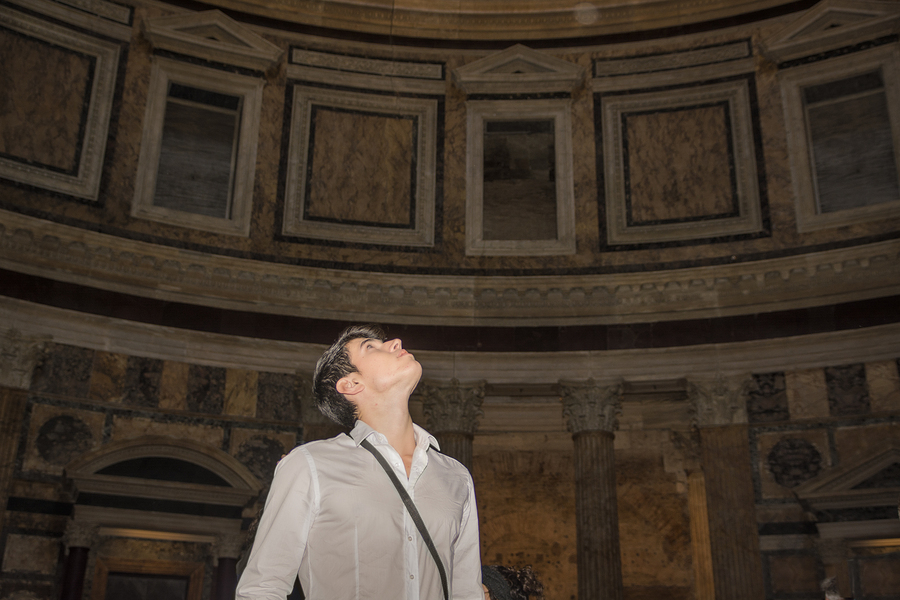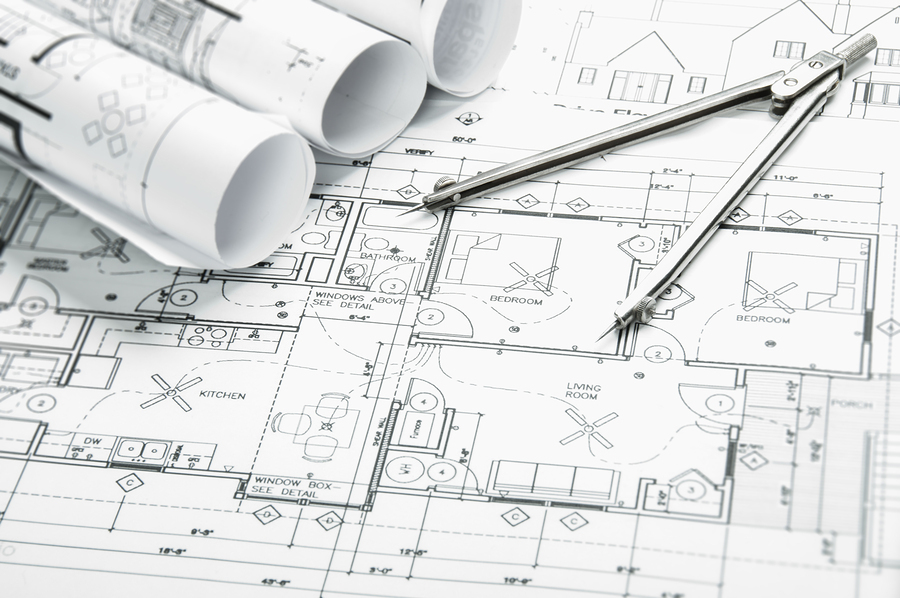
Some buildings insist that the user stand in awe.
Can architecture be defined as art? Some people think so. Still others might not make the same comparison, but it’s hard to deny that architecture is a source of inspiration. It’s human nature; we’re affected and inspired by the world around us.
Sometimes that inspiration is a tree or a mountain. But the environment isn’t made up only of natural features. Sometimes what affects and inspires artists is man made. And architects are the creators of such things.
Artists Have Always Drawn Inspiration from Architecture
From great composers to writers of beloved fiction, there is a reason why so many artistic creations feature buildings almost as importantly as the living characters. In fact, stories, dreams and memories often revolve around buildings. What would Wuthering Heights be without Thrushcross Grange? And when you hear “I Left My Heart in San Francisco,” chances are you don’t think about a street sign but the architecture that makes that city so unique.
Churches also factor heavily in art. CNN Style notes that some of the most important artistic movements in history were fueled by their extravagant “construction and decor” and the visual impression that they created.
The similarities between art and architecture may begin, at least according to composer Neil Rolnick, with the fact that both depend on a structure that might not be visible once the creation is complete. But it’s the structure that determines whether or not the intended audience will like it.

Every building carries some of the artistic vision of its designers.
Even Function-First Buildings Can Inspire
Although people have stood in awe of the beauty of some buildings, architecture does require function. But then again, so does art, at least in a way. The function of a skyscraper is different from that of a sculpture, but they do both have a purpose.
It’s not the function of a building that inspires, but the way the architect elects to use materials and space to support that function. So the inspirational quality of architecture might just be art in its own right. Few people may swoon over the way foot traffic flows through a space, but they’ll appreciate the swing of a door and the welcoming environment of the space that allows it.
The separation between art and architecture might be explained as experience versus function. Where art is about the experience and how it makes a person feel, architecture is an answer to a problem. In an example as basic as a chair, architecture creates a chair that’s sturdy and performs well. Art is what causes a person to choose that chair because of its beauty and comfort.

For some, art is the domain of someone else; function is all that matters.
Not Everyone is So Enthusiastic
For as many people who see the art in architecture and the same in reverse, there are others who disagree. Dezeen magazine refers to a Facebook post of Patrik Schumacher, director of Zaha Hadid Architects. He explains his position bluntly: “Architecture is not art.”
Schumacher stresses that architects are tasked with creating the “form of the built environment,” not with the things that go into that environment. He adds that the politically correct mindset that pervades modern architecture is wrong, suggesting that it serves to stifle experimentation instead of encourage it.
He refers to the volume of awards given to certain architecture projects as an example of this mindset. And in a direct commentary on political correctness, he said that architects cannot be responsible for “the delivery of social justice.”
Whether or not it is the intention of architects, there is no denying that architecture does inspire art. For some, such as Thomas Heatherwick, art and architecture are inextricably combined.
Architects might focus on function over beauty, but that doesn’t mean the built environment isn’t inspirational. Musicians throughout time have woven buildings through their songs, and a story isn’t really a story without a built environment as framework to support it.
The role of architects can’t be contained in a small box because it’s too important. It affects the lives of individuals and entire cities, because that’s what it’s supposed to do. When your next architecture professional development hours are due, check out our courses at PDH Academy. We’ll help you stay current so that you can get back to your own important contributions to society.






